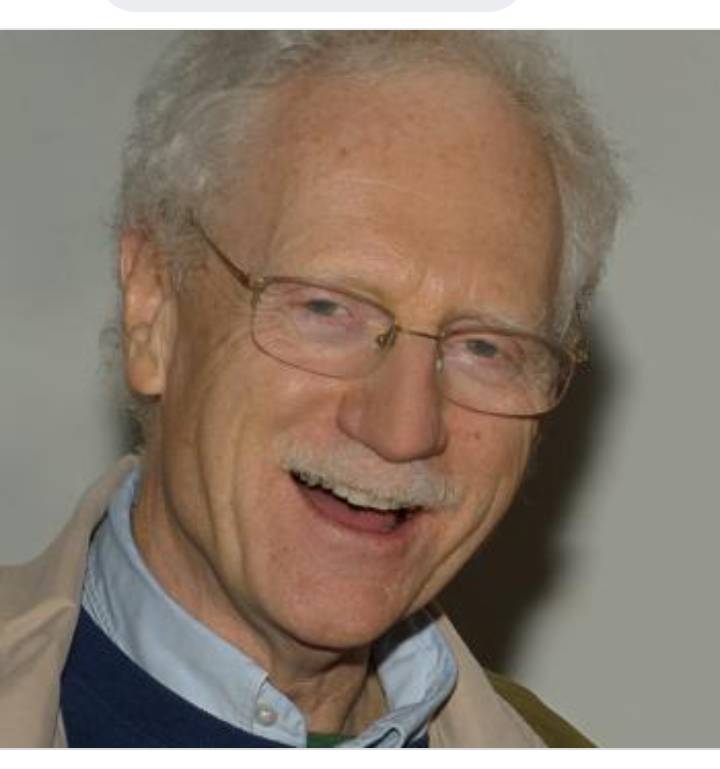Decker Walker's curriculum model (1971)
Resa R. Noel PhD., MPhil., B.A., DipEd
Resa R. Noel PhD., MPhil., B.A., DipEd
Oct. 17, 2015
Walker's deliberative approach emphasizes the process of curriculum development. The ways of proceeding were not predetermined but negotiated and documented as stakeholders worked towards completing the task.
Read more
Education
Recommended
SCHOOL-BASED ICT PLANS IN PRIMARY EDUCATION:ELEMENTS,TYPOLOGIES AND UNDERLYIN...
syaabdulrahman
BESA Conference 2014 - Glasgow - Teacher agency and education policy change -...
Paul Campbell
TSL3143 Topic 2a Models of Curriculum Design
Yee Bee Choo
The Learning Portfolio in Higher Education: A Game of Snakes and Ladders
Mark Brown
Argumentative Writing ppt - Grades 10-11 / Forms 4 - 5
Resa R. Noel PhD., MPhil., B.A., DipEd
DESCRIBING PLACES
Resa R. Noel PhD., MPhil., B.A., DipEd
More Related Content
You Might Also Like
Related Books
Free with a 30 day trial from Scribd
See all
Related Audiobooks
Free with a 30 day trial from Scribd
See all
Decker Walker's curriculum model (1971)
1. Decker Walker's Naturalistic Model (1971) Introduction to Curriculum Theory and Practice 08.10.15 R. Noel and N. Robinson
2. Brief biography of Decker DECKER WALKER was and assistant professor of education at Stan- ford University, where he received his Ph.D. in 1971. His specialty was curriculum, and his major interests are the process of curriculum development and curriculum policy making.
3. What is the naturalistic model? A descriptive model in contrast to the classical model (prescriptive model) by Tyler et. Al (1949). It is also called the communicative approach. The communicative approach starts with the more subjective perceptions and views of the designers, the target group, and other stakeholders.
4. The term naturalistic describes how the process of curriculum planning is done instead of suggesting how it should be done Walker suggests that better curriculum planning and development will result if persons participated in the process and reached a consensus about the final product.
5. The model comprises of three phases of curriculum planning – platform, deliberation and design Figure 1: Walker’s Model (Print, 1993, p.75) Figure 1: Walker’s Model (Print, 1993, p 75)
6. Application of the model to curriculum development The model used for curriculum development is influenced generally by the level at which the development is occurring. used at a macro level for curriculum development (national) For example: Alberta, Canada “For Pan-Canadian or regional curriculum development the models used are often derived from the instrumental or communicative model, as frameworks and specific learning objectives are the key aim of these development activities, and consensus among partners is a desired outcome” (Alberta Education, 2012, p. 35).
7. - focuses on the subjective perceptions and views of the designers, the target group, and other stakeholders
8. Advantages One of the strengths of Walker’s model is the input of curriculum developers , target group, and other parties/stakeholders in the development of the curriculum. Stakeholder engagement in the planning and development stages empowers and acknowledges them, especially teachers, as valuable contributors.
9. One of the strengths of the deliberative model is the broad social support that the intended product will have; after all, users and other parties involved were given ample opportunity to contribute.
10. Disadvantages Walker describes what happens in the process of curriculum design but does not describe what actually happens in the classroom. The processes for deliberation can be time consuming and resource intensive, and can result in curriculum products that may not be consistent and aligned internally. Consensus is often hard to achieve when developing curriculum at national or regional levels.
11. Model comparison
12. References Alberta Education. (2012). Curriculum development processes, from knowledge to action. Retrieved from http://www.education.alberta.ca/media/6809242/d_chapt er1.pdf Lunenburg, F. C. (2011). Curriculum development: inductive model. Schooling, 2(1). Print, M. (1993). Curriculum development and design, 2nd edn. Sydney, Allen & Unwin. Walker, D. (1971). A naturalistic model for curriculum development, School Review, 80(1), 51-65.
13. Decker Walker's Naturalistic Model (1971) Introduction to Curriculum Theory and Practice 08.10.15 R. Noel and N. Robinson



No comments yet
Be the first to share your thoughts!